Citizens to Stop Transource reports LATE-NIGHT EVIDENCE SUBMISSION PUSHES AN ADDITIONAL $200M IN COST ON PENNSYLVANIANS. At hearing on Friday, Transource presented a brand new piece of evidence and then attempted to shoehorn it into the record. It's a pretty cheap trick. Evidence must be examined by all parties over a period of time that allows for discovery and consultation with experts. The impetus for this last minute evidence appears to be a recent FERC order that removes potential new generation from the market efficiency evaluation. Because PJM's new generation queue is chock full of possible new generators, and the vast majority of generators proposed never actually get built, FERC felt it was best to exclude these generators from market efficiency evaluations. And because exclusion of these proposed generators increases the supposed "benefit" to electric ratepayers in Washington, DC, and increases the IEC's cost-benefit ratio, Transource thought it was a good idea to get this info. into the record.
Where did you think you were on Friday, Transource? Did you think that your limo had dropped you off in Washington, DC?
As Citizens shares, Transource's new exhibit increased electric rates for Pennsylvanians another $200M! (In order to translate the exhibit to match increased costs to the actual location of PJM "zones," you'll need this map also).
The new figures raise the projected electrical rate increase in Pennsylvania rates from $350M to over $500M (NPV over 15 years).
The new simulation projects $982M in electrical cost reductions for the DC market, but $969M in increases elsewhere, including over $514M in electric rate cost increases in Pennsylvania alone.
If all benefits and costs were to be included, the total benefit of the project would be negative $439M NPV over the next 15 years.
At any rate, there Transource was in Pennsylvania, asking Pennsylvanians to take a look at it's sturdy new cost benefit ratio number! Look! It provides over $900M in benefits! Except a look at the worksheet clearly shows that only those zones that showed a benefit (cost decrease) were included in the calculation. For those zones that showed an increase in electric costs, Transource disregarded them and did not include in their "benefit" numbers.
Is it because Transource believes that the Pennsylvania PUC doesn't care about increased costs to Pennsylvanians and instead focuses on benefits for a handful of the most wealthy counties in the U.S. (not in Pennsylvania, BTW)?
Citizens to Stop Transource VP Barron Shaw stated: “Transource doubled-down on their bet that Pennsylvania would approve a project that effectively drains low-priced electricity from Pennsylvania in order to subsidize the wealthiest counties in the nation. This project was bad before, and it is even worse now. The PUC would be nuts to approve this project.”
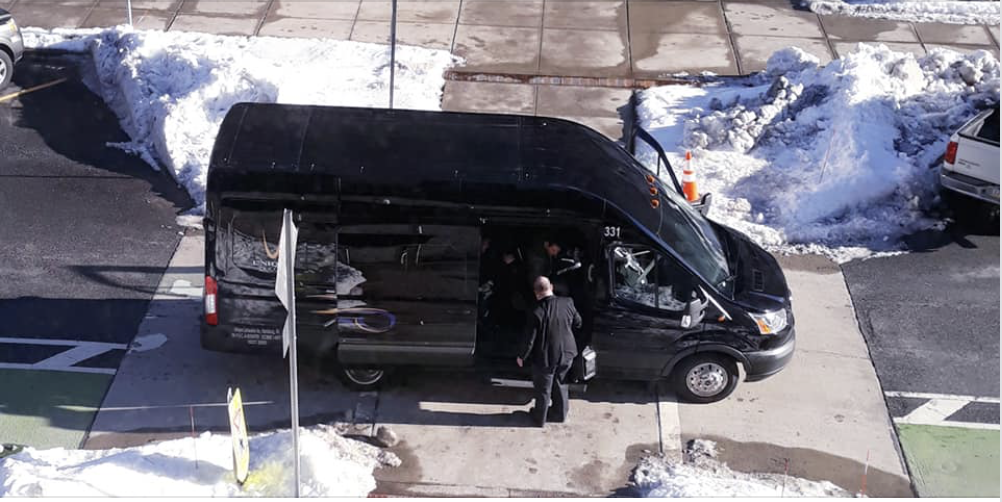

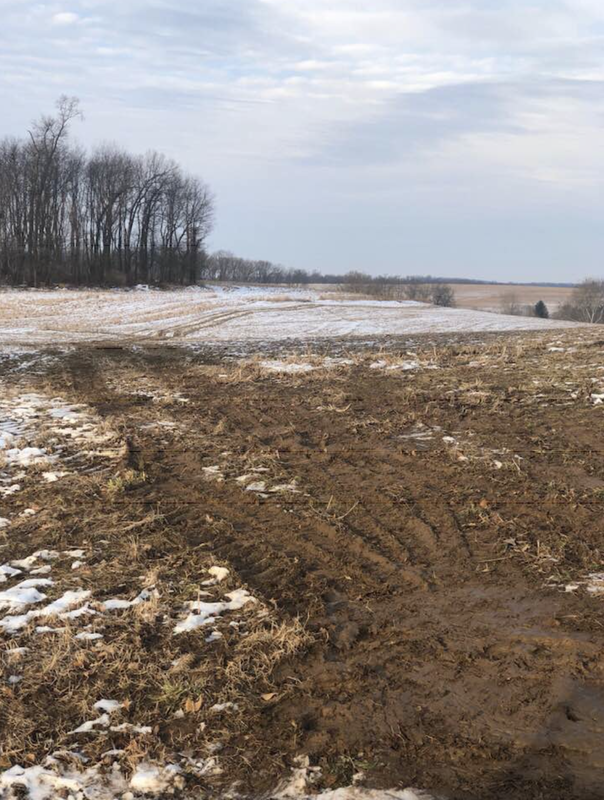
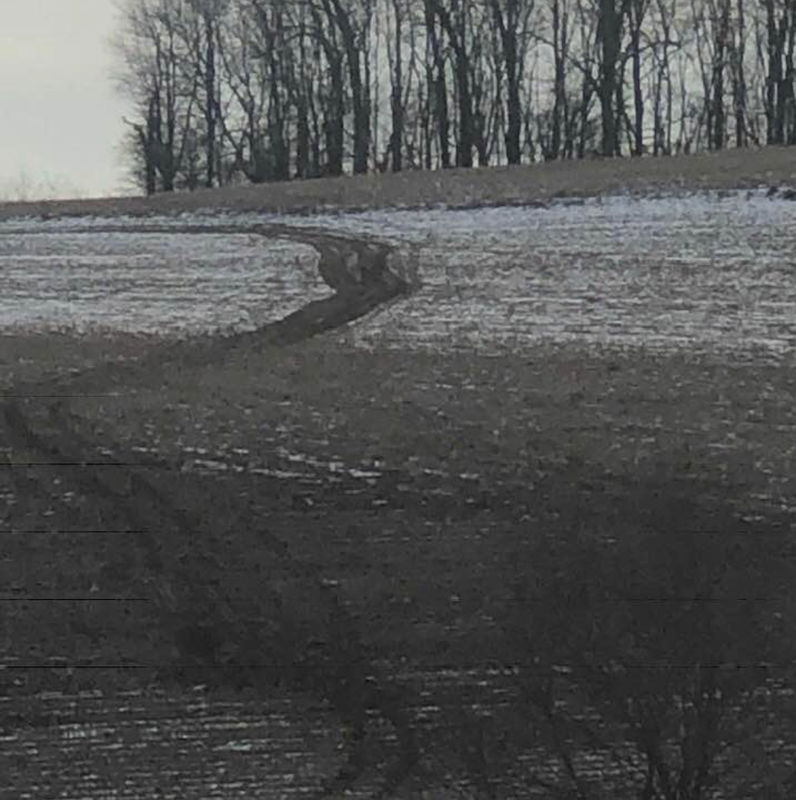

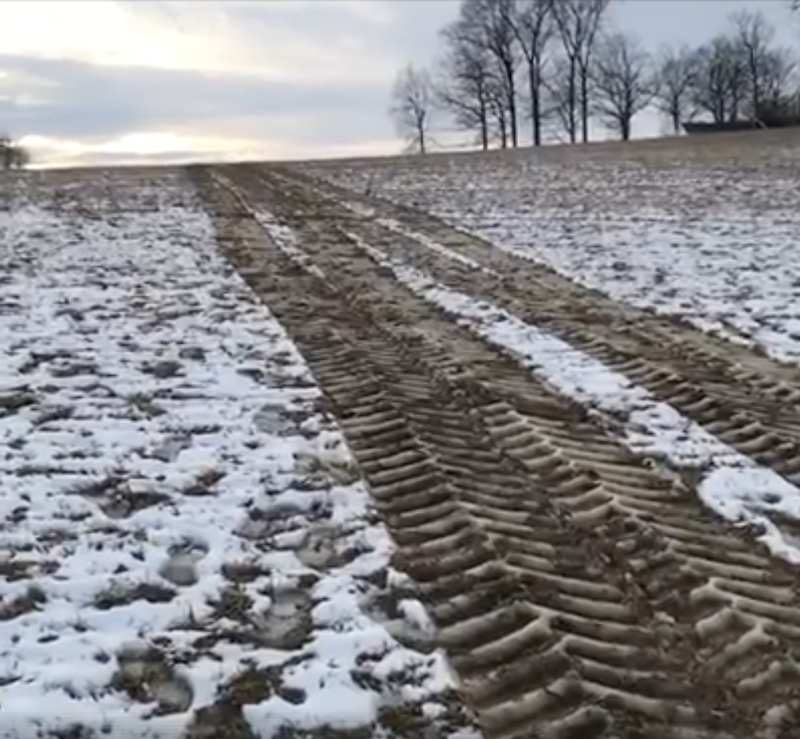




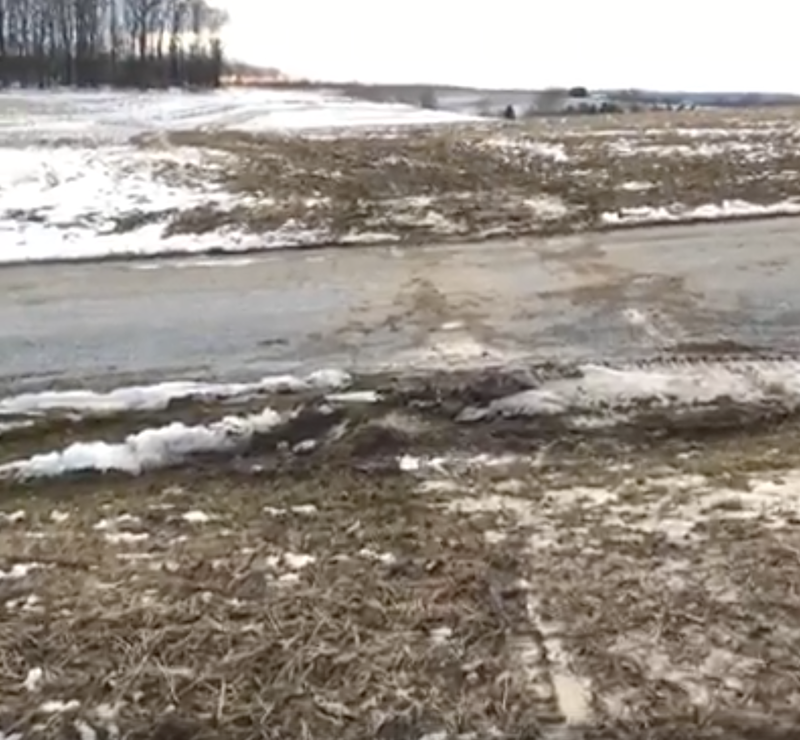
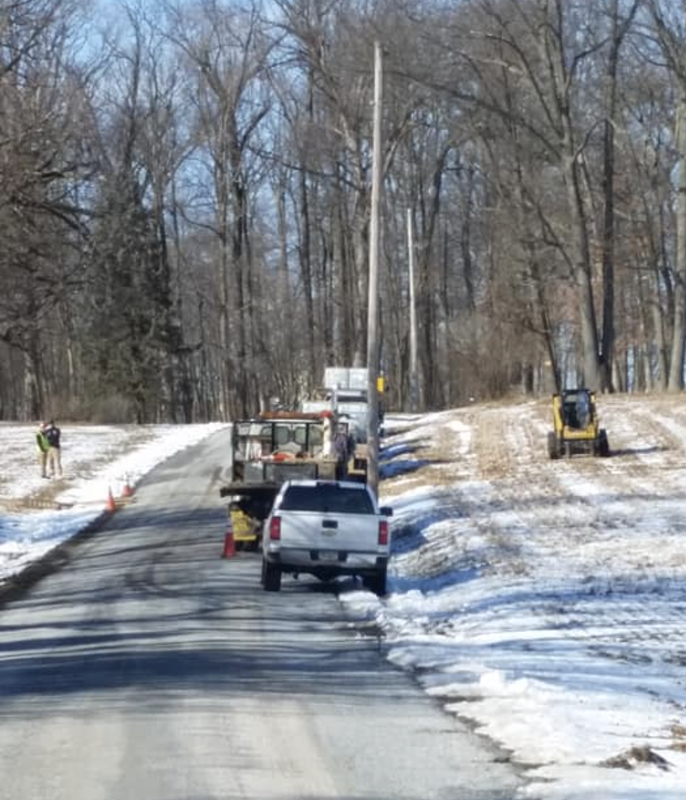
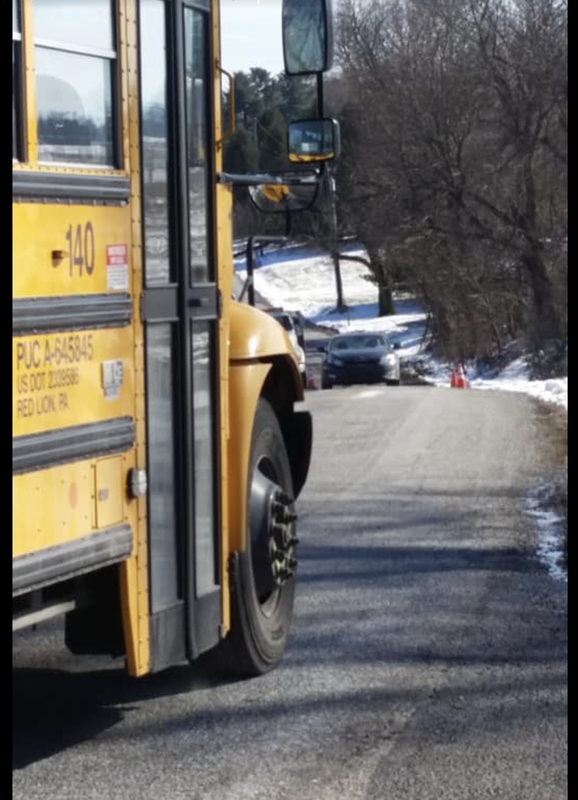
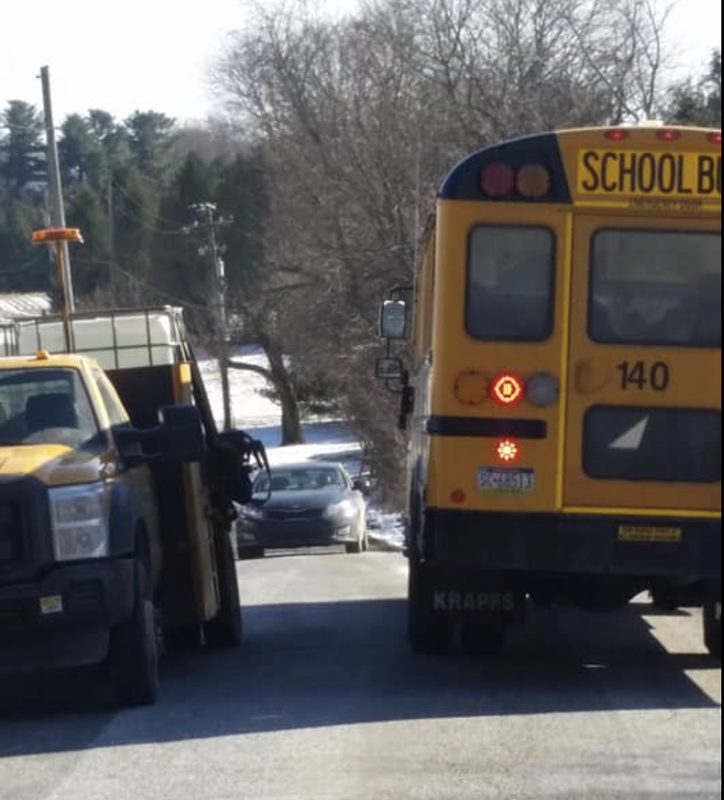
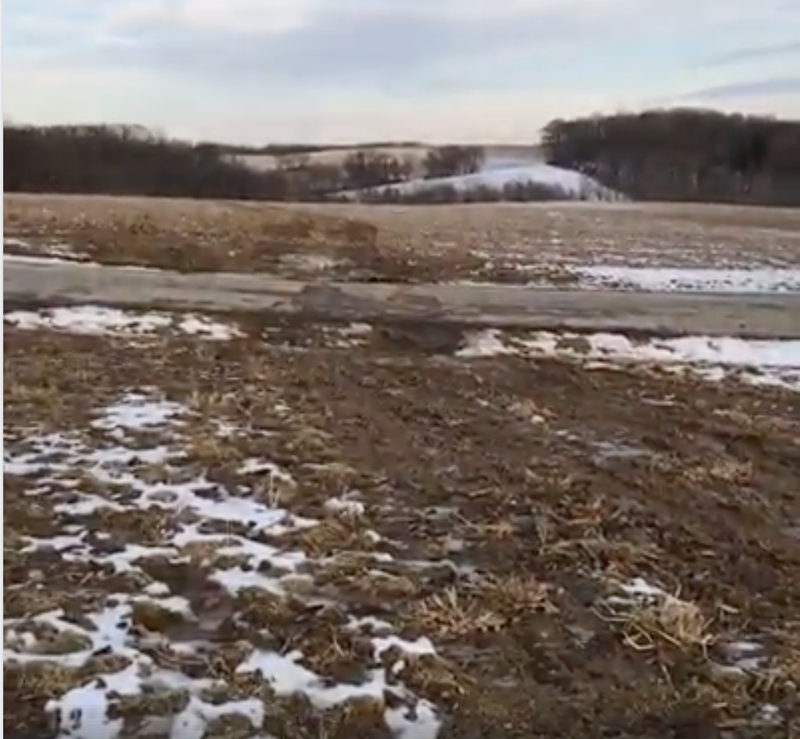



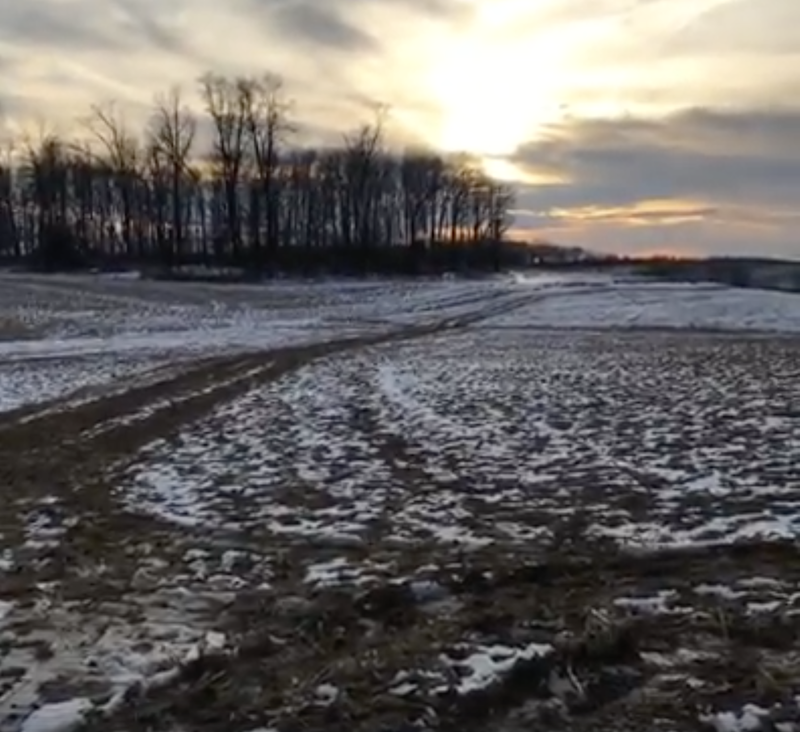
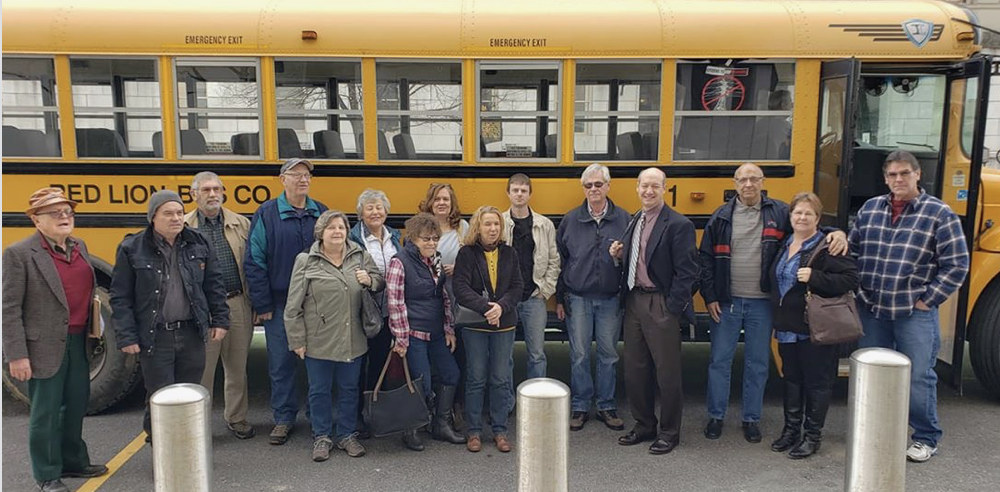
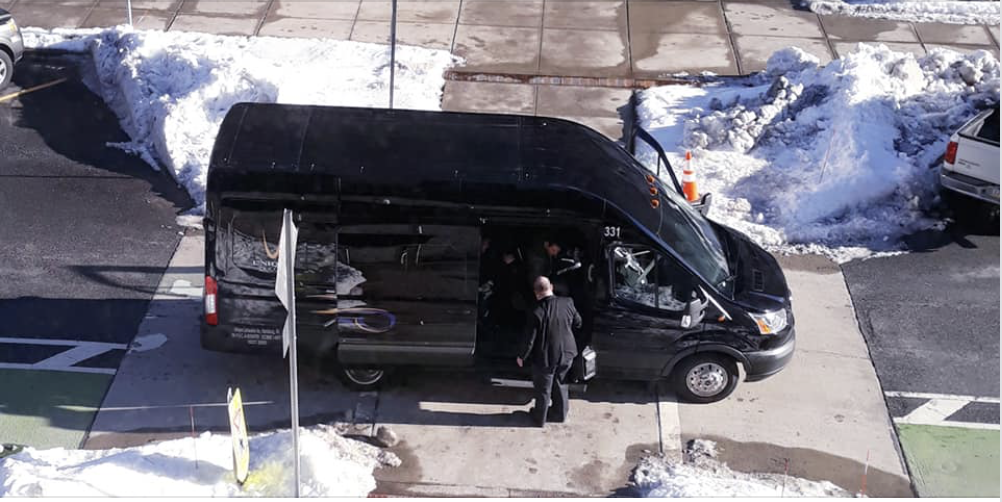

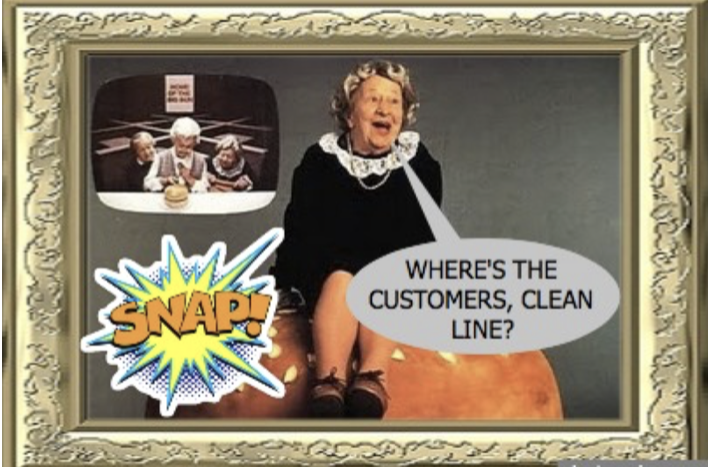
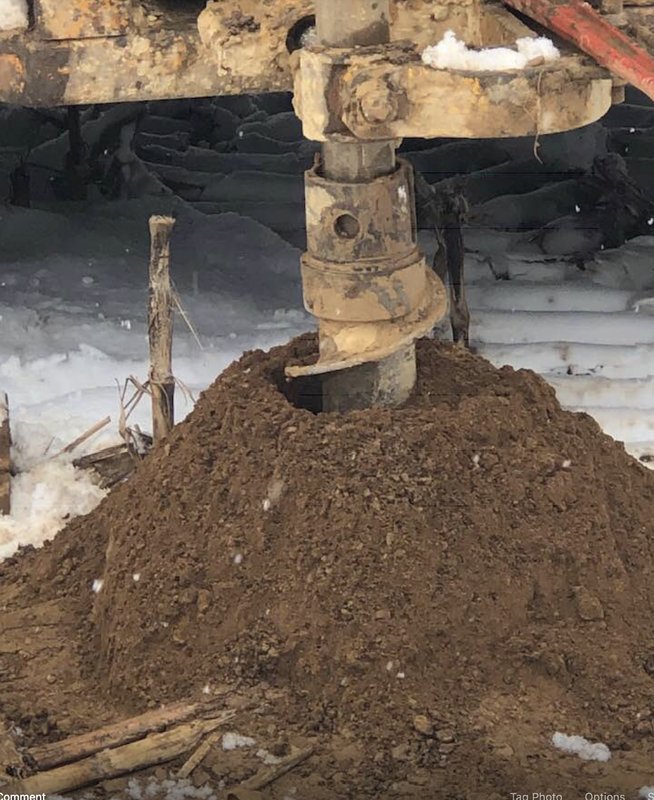
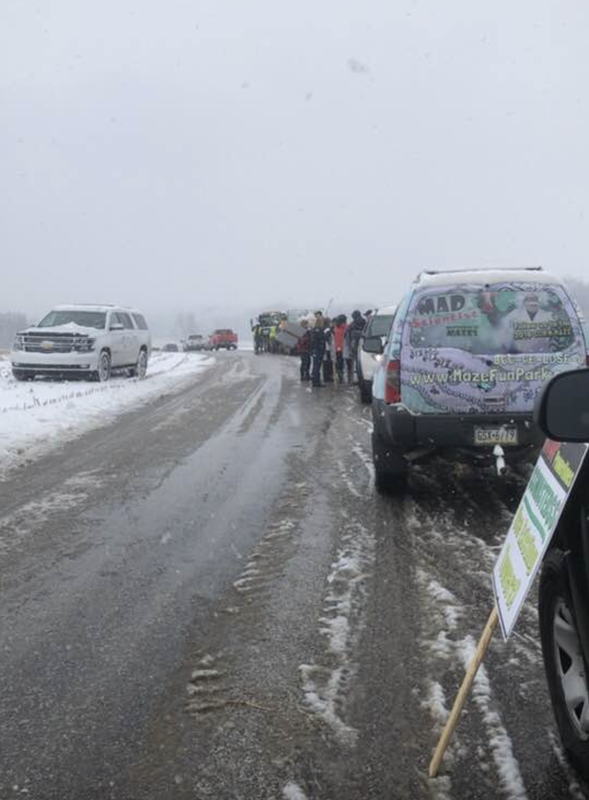
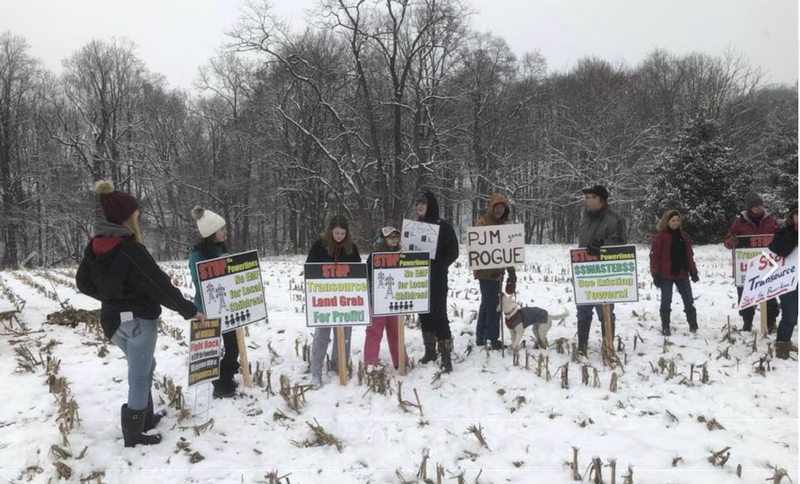
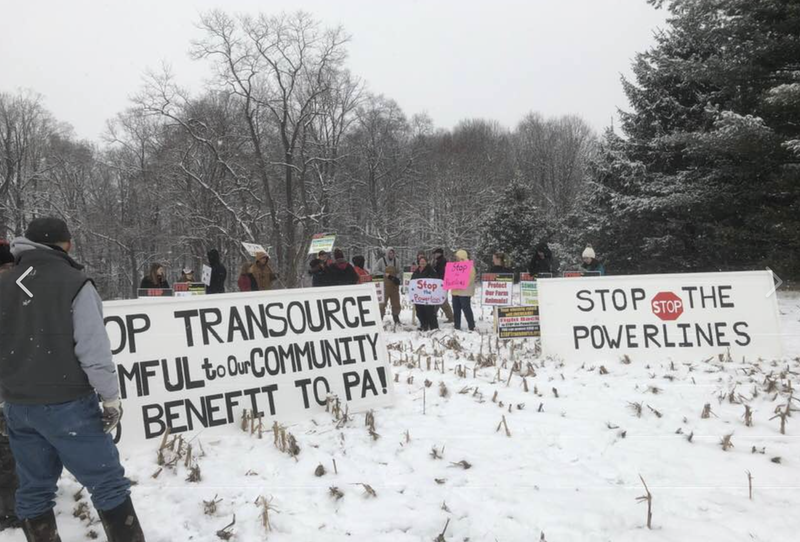
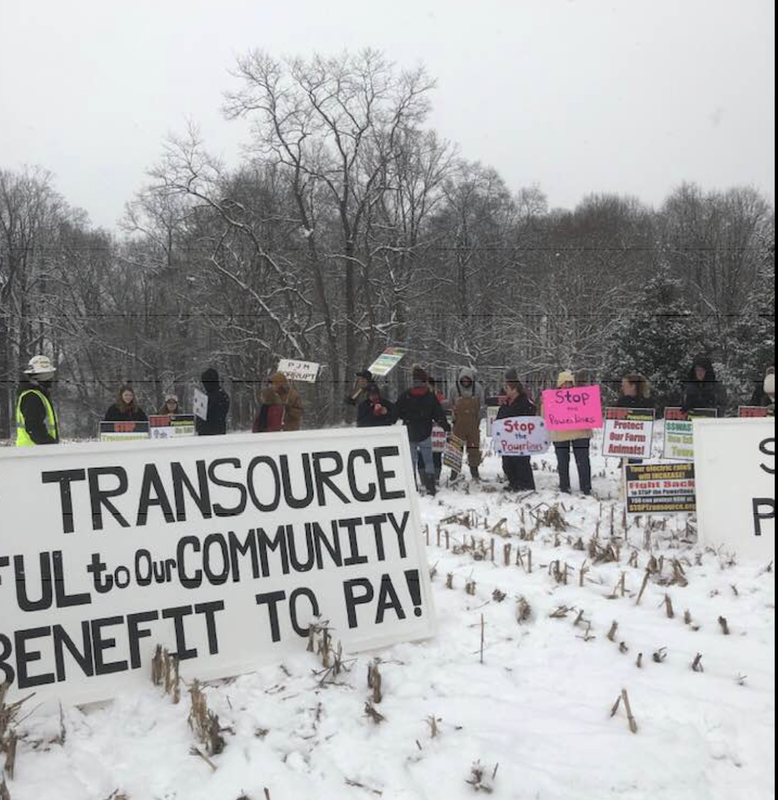
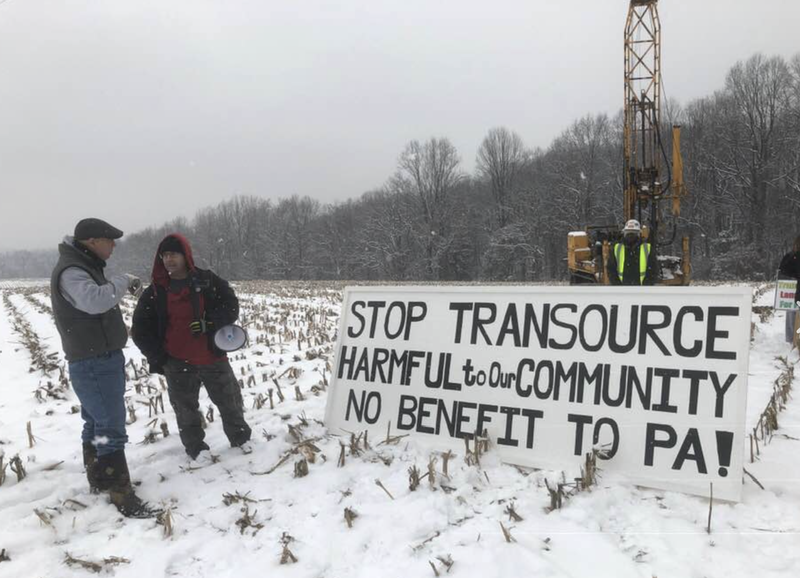
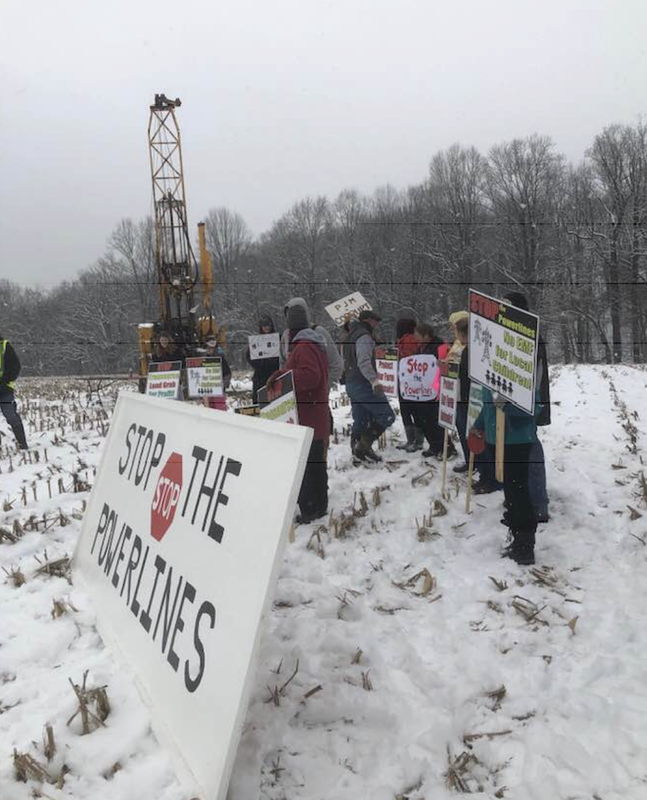
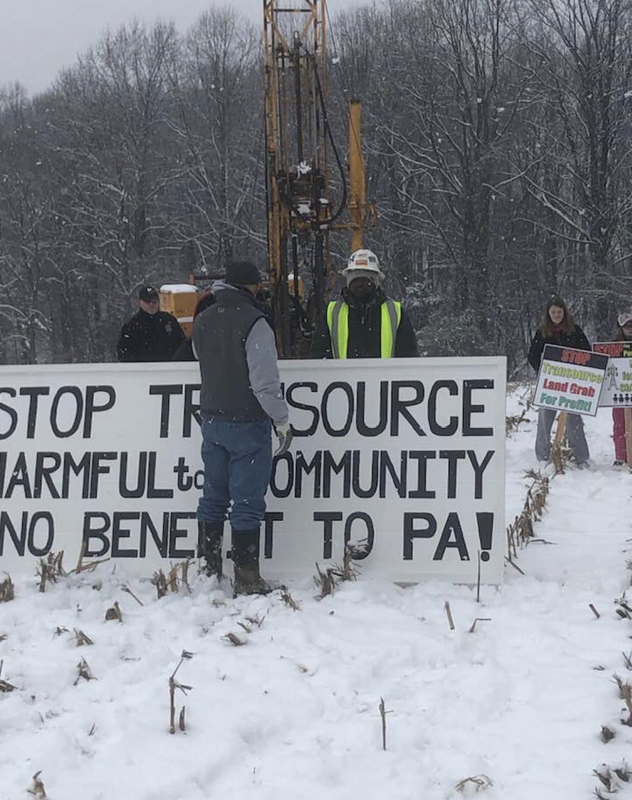
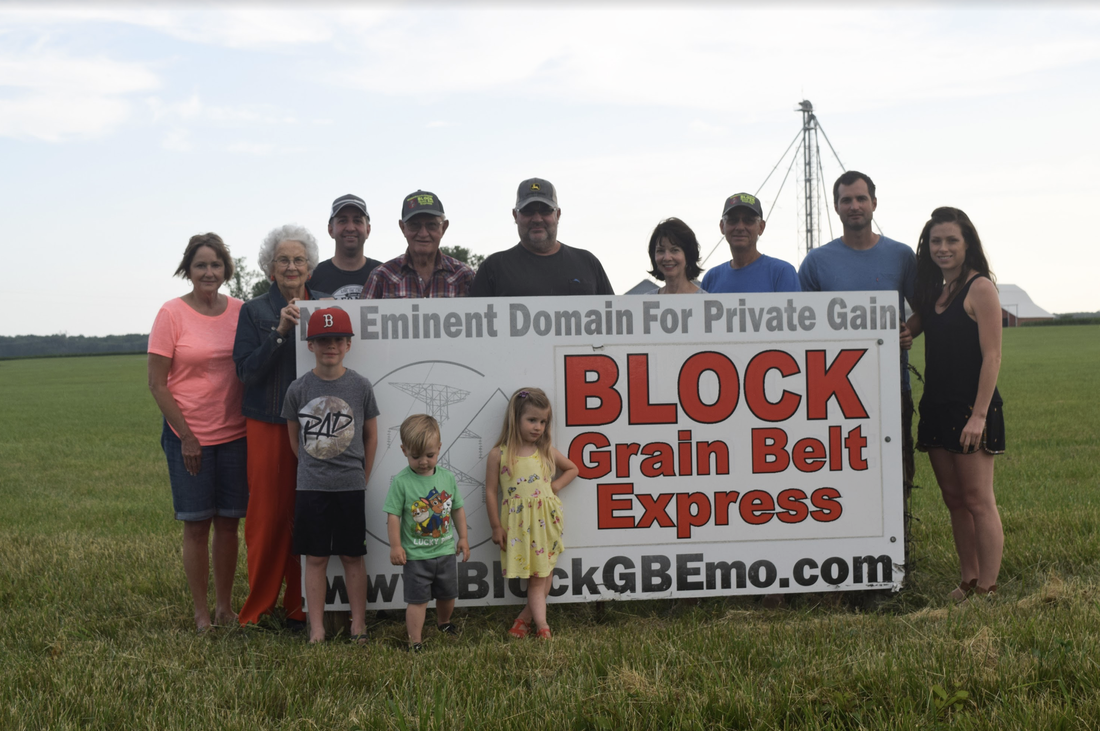
 RSS Feed
RSS Feed